The vibrant pulse of street music creates the heartbeat of cities around the world, transforming ordinary streets into impromptu concert venues. These melodic expressions connect strangers, preserve cultural traditions, and add a distinctive soundtrack to urban experiences that recorded music can never fully replicate.
Here is a list of 20 remarkable places where street music flourishes year-round, creating unforgettable auditory landscapes for both locals and visitors.
Frenchmen Street
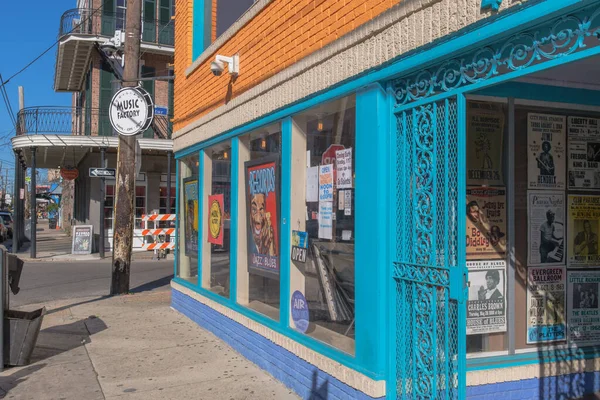
Located in New Orleans’ Marigny neighborhood, this three-block stretch vibrates with jazz, blues, and brass band performances every night of the year. Unlike the more tourist-oriented Bourbon Street, Frenchmen attracts a blend of visitors and locals who gather to experience the authentic New Orleans sound.
Talented musicians play everything from traditional jazz classics to innovative fusion styles, often performing until the early morning hours as crowds spill onto sidewalks from the street’s numerous music venues.
Grafton Street
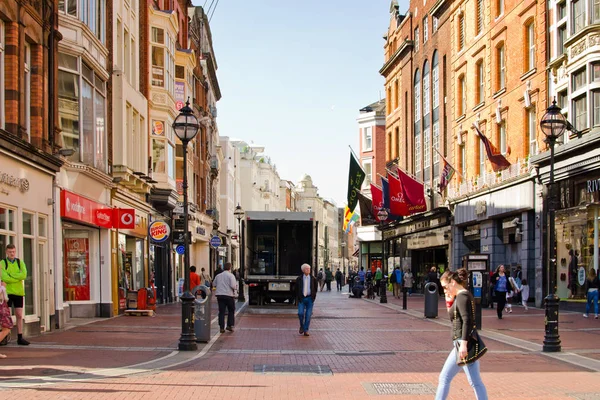
This pedestrian thoroughfare in Dublin serves as Ireland’s premier location for buskers showcasing traditional Celtic music alongside contemporary performances. Street performers here must audition for coveted spots, ensuring exceptionally high-quality music throughout the shopping district.
Famous musicians, including Damien Rice, Glen Hansard, and even Bono, have performed on these cobblestones, creating a tradition where established artists occasionally return to their busking roots on the street that launched many careers.
Like Travel Pug’s content? Follow us on MSN.
Piazza Navona
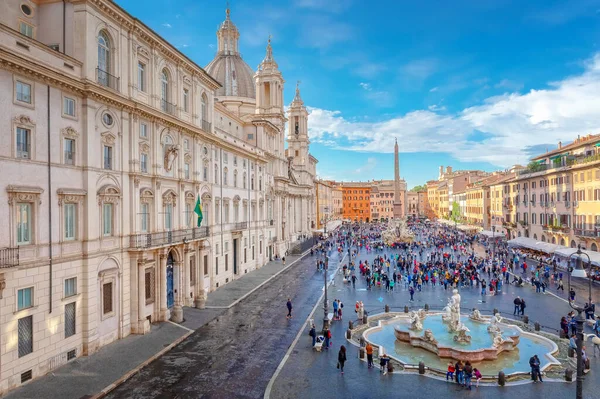
Rome’s magnificent baroque square transforms into an open-air concert hall where classical violinists, accordion players, and opera singers perform against a backdrop of stunning fountains and architecture. The exceptional acoustics of this elongated space amplify performances, allowing music to float through the piazza from early morning until well past midnight.
Performers often position themselves strategically around Bernini’s fountains, creating magical moments as water sounds blend harmoniously with musical notes.
Mauerpark
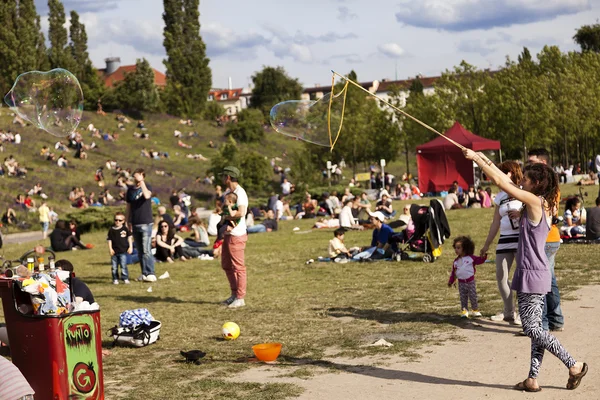
This Berlin park hosts one of the world’s most famous weekly street music gatherings during its Sunday Bearpit Karaoke sessions, but the musical energy extends far beyond this organized event. Throughout the former death strip between East and West Berlin, musicians create a soundtrack for healing historical wounds through shared artistic expression.
Electronic music producers set up portable gear alongside traditional instrumentalists, creating unexpected collaborative performances that reflect Berlin’s unique cultural melting pot.
Plaza de Armas
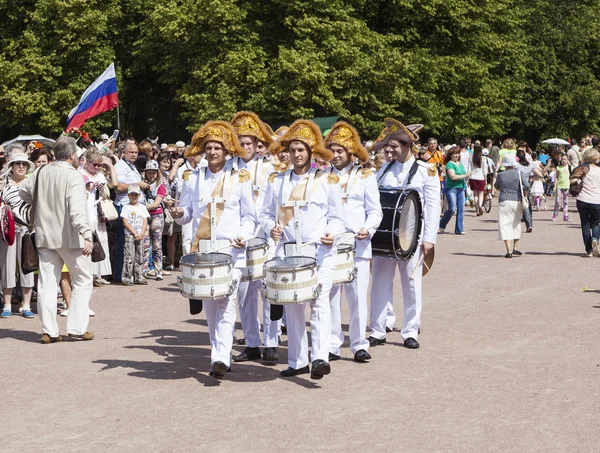
Santiago’s main square serves as Chile’s most vibrant street music hub, where Andean pan flute melodies blend with contemporary Chilean rock throughout the day and evening. Indigenous musical traditions remain vibrantly alive here as performers in traditional dress share ancient rhythms that have survived centuries of cultural disruption.
The square’s colonial architecture creates natural amplification, allowing delicate instrumental performances to be heard clearly even amidst the busy urban environment.
Like Travel Pug’s content? Follow us on MSN.
Khaosan Road
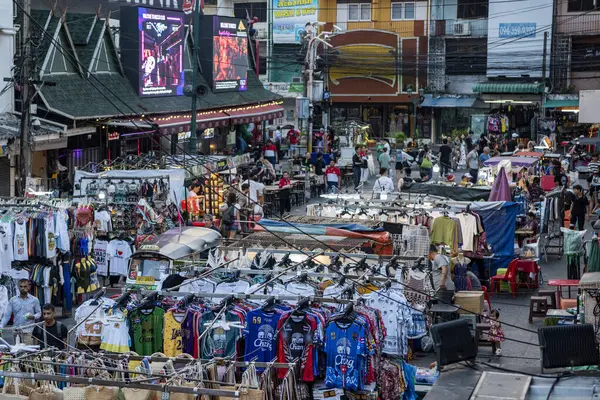
Bangkok’s famous backpacker haven transforms nightly into a musical journey spanning traditional Thai instruments to international hits performed by local musicians. Walking down this street means experiencing a new musical style every few steps as performers compete for attention with increasingly impressive displays of virtuosity.
The contrast between ancient Thai instruments like the ranat ek xylophone and modern electric guitars creates a fascinating audio timeline of the country’s musical evolution.
Covent Garden
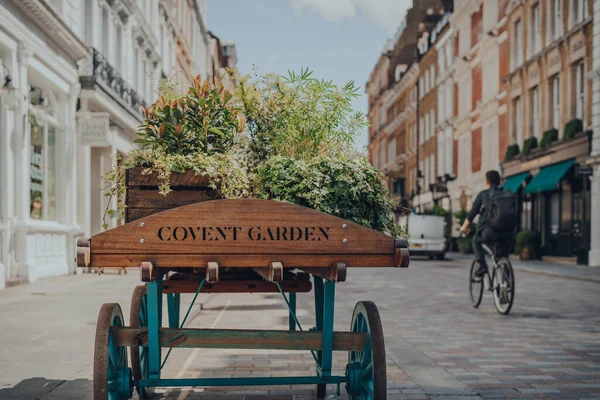
London’s historic market district has hosted street performers since the 1600s, maintaining centuries of tradition through designated performance pitches that operate on a strict rotation system. The covered market’s outstanding acoustics make it especially prized by opera singers and classical musicians who can perform regardless of London’s notoriously unpredictable weather.
Audiences gather on multiple levels surrounding the main courtyard, creating an intimate amphitheater effect that encourages participation and generous appreciation for exceptional performances.
Durban Beachfront
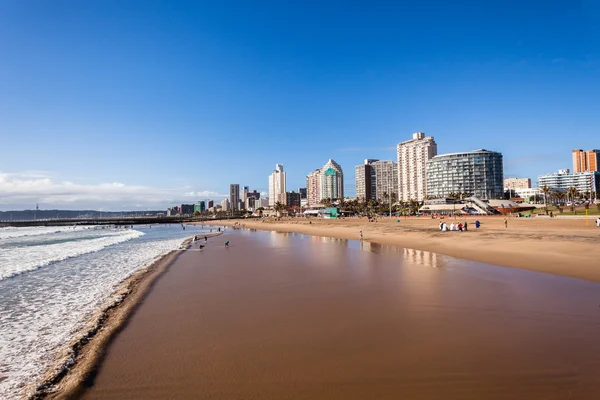
Along South Africa’s eastern coastline, this oceanfront promenade features Zulu drummers, marimba players, and township jazz ensembles performing from sunrise to sunset. The percussion-heavy performances provide a rhythmic backdrop to beach activities, often inspiring spontaneous dance circles among strangers.
Many musicians craft instruments from recycled materials, demonstrating remarkable ingenuity while creating distinctive sounds that have become integral to the area’s cultural identity.
Like Travel Pug’s content? Follow us on MSN.
Las Ramblas
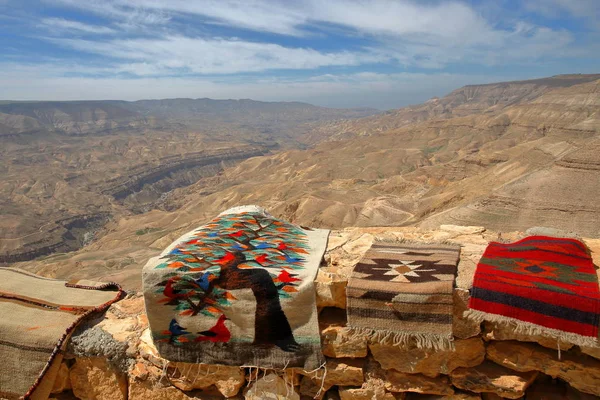
Barcelona’s famous boulevard hosts an extraordinary diversity of street musicians, from flamenco guitarists to Catalan bagpipers known as sac de gemecs players. The street’s unique design, with wide pedestrian areas flanked by narrower vehicle lanes, creates natural performance spaces approximately every hundred yards.
Local ordinances now carefully balance resident concerns with artistic freedom, creating designated performance hours that still allow music to remain a constant presence without disturbing the peace.
Insadong
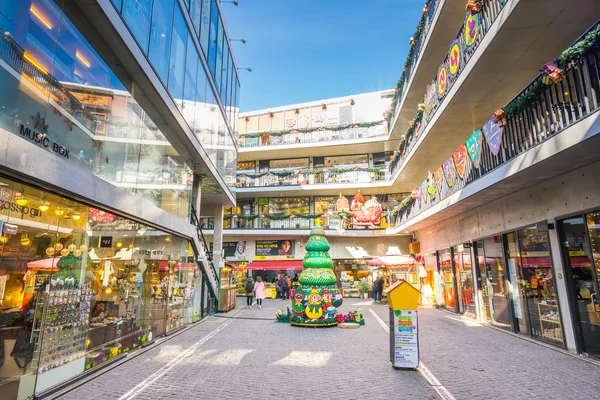
This Seoul neighborhood preserves traditional Korean music through daily performances on instruments like the gayageum and haegeum alongside contemporary K-pop-inspired acts. Elderly musicians play alongside young performers, creating an intergenerational exchange that keeps ancient musical forms relevant to modern audiences.
The narrow, winding streets create interesting acoustic effects as sounds blend and separate while visitors navigate through this cultural district known for preserving Korean heritage.
South Bank

London’s riverside walkway provides prime performance space where musicians benefit from excellent acoustics created by the concrete structures underneath Waterloo Bridge. The location’s protection from rain allows for year-round performances regardless of typical English weather, making it one of the few reliable outdoor music spots in the city.
The mix of commuters, tourists, and local visitors creates an ever-changing audience that keeps performances fresh and energy levels high throughout the day.
Like Travel Pug’s content? Follow us on MSN.
Via del Corso

Rome’s main shopping street features a remarkable concentration of classical musicians, particularly string quartets and opera vocalists who fill the narrow thoroughfare with music that resonates off ancient buildings. The street’s exceptional length creates space for dozens of performers without overlap, allowing visitors to experience distinct musical styles as they progress along its considerable stretch.
Evening performances become particularly magical as the warm Italian light fades and music seems to intensify against the twilight backdrop.
Jackson Square
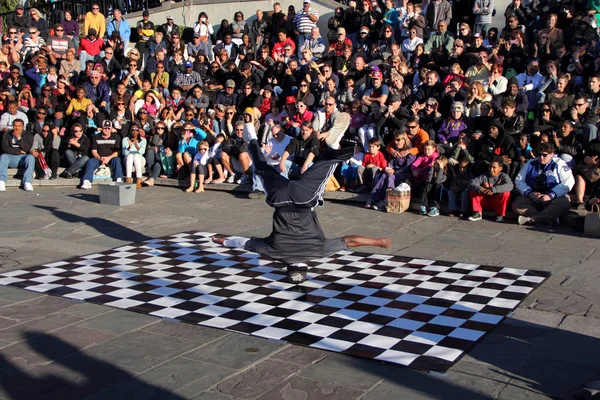
This historic New Orleans plaza adjacent to the Mississippi River hosts jazz performers who maintain a continuous musical presence from morning to night. The square’s layout, with performers typically positioned along the iron fence surrounding the central garden, creates a surround-sound experience as different groups play simultaneously.
Many musicians represent multiple generations of jazz families, carrying forward distinctive New Orleans styles that have been passed down through direct mentorship rather than formal education.
Djemaa el-Fna
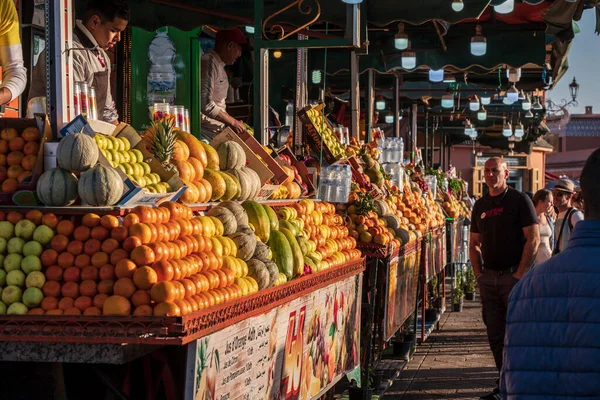
Marrakech’s main square transforms each evening into North Africa’s most dynamic street performance venue, where Gnawa musicians and Berber drummers create hypnotic rhythms until midnight. The music here often serves as accompaniment to storytellers and other performers, creating multisensory experiences unique to Moroccan cultural traditions.
The square’s enormous size allows multiple musical groups to perform without competing with each other, creating distinct sound zones within the larger space.
Like Travel Pug’s content? Follow us on MSN.
Istiklal Avenue
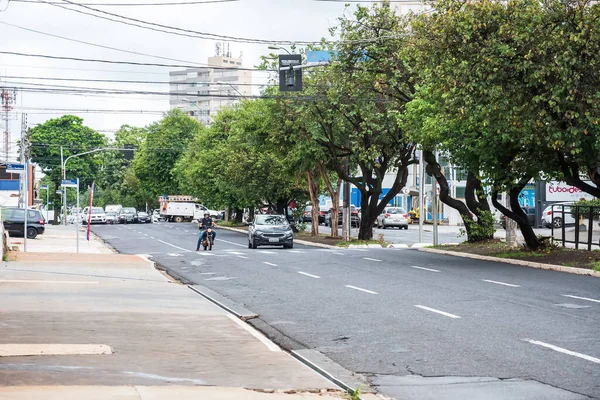
Istanbul’s premier pedestrian street features musicians spanning Turkey’s diverse regional traditions, from Black Sea kemençe players to southeastern türkü folk singers. The avenue’s unique tram system has created a culture where musicians time their performances between passing trams, creating rhythmic patterns to the day that locals instinctively understand.
The street’s slight curve prevents visitors from seeing its full length, creating surprising musical discoveries around each gentle bend in this 1.4-mile cultural corridor.
Place du Tertre
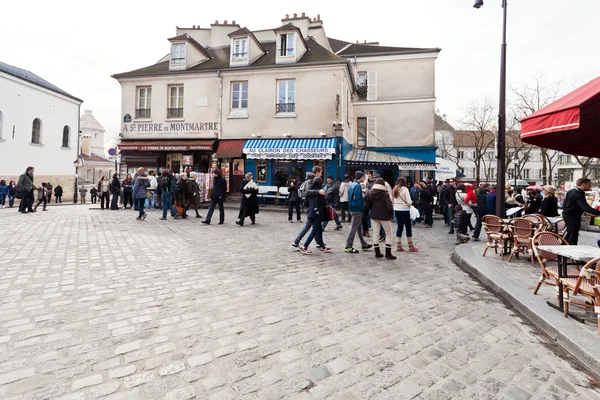
Montmartre’s famous artists’ square in Paris maintains a continuous presence of accordion players performing classic French chanson repertoire that feels quintessentially Parisian. Musicians here often specialize in the musette waltz style that emerged in these very streets during the early 20th century, maintaining a living connection to the area’s bohemian history.
The intimate scale of the square creates a salon-like atmosphere where performers interact directly with audiences, often taking requests for beloved French classics.
Temple Bar

Dublin’s cultural quarter pulses with Irish traditional music pouring from pubs onto cobblestone streets where additional buskers create a musical density unique even by Irish standards. The narrow medieval street layout creates interesting acoustic effects as sounds from different performers blend at intersection points, sometimes creating spontaneous collaborations.
The area’s cultural significance attracted government protection for street performance rights, ensuring this musical ecosystem remains protected from excessive regulation.
Like Travel Pug’s content? Follow us on MSN.
Beale Street
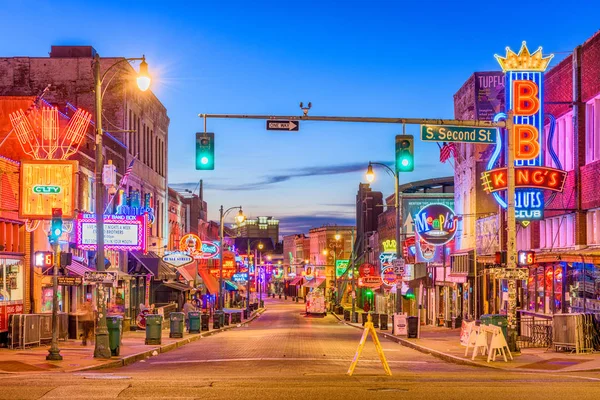
Memphis’ legendary blues district maintains its musical heritage through performances that continue the legacy of pioneers like B.B. King, who once played on these very sidewalks. The street’s pedestrian-only design allows musicians to perform without competing with traffic noise, creating an immersive experience for visitors walking between historic clubs and outdoor stages.
Many performers represent multi-generational blues families, learning techniques and repertoire through direct transmission that preserves distinctive regional playing styles.
Portobello Road

London’s famous market street features a remarkable diversity of music styles reflecting the area’s multicultural history, from Caribbean steel drums to Eastern European folk ensembles. The street’s weekend market creates natural performance pitches as vendors leave strategic gaps between stalls where musicians can set up without blocking commercial activity.
The area’s association with counterculture movements has created particularly supportive conditions for experimental and fusion performances that might struggle to find audiences elsewhere.
Havana’s Malecón
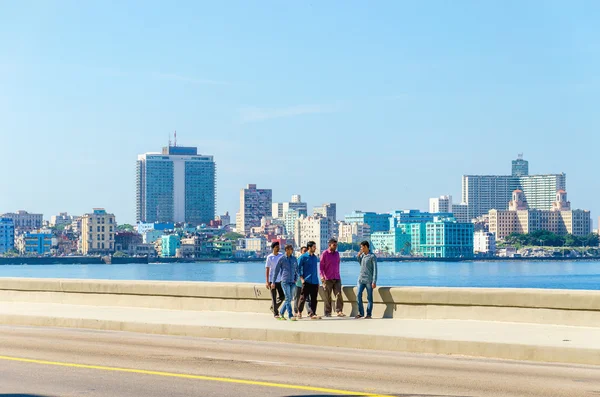
This iconic seafront boulevard in Cuba’s capital serves as an open-air performance space where musicians gather at sunset to blend traditional son and rumba with contemporary timba styles. The seawall itself functions as both stage and seating area, with performers and audiences sharing the same space in a uniquely democratic arrangement.
Local regulations exempting street musicians from certain performance permit requirements have helped preserve this cultural practice despite economic challenges, allowing authentic Cuban rhythms to remain accessible to both locals and visitors regardless of their ability to pay for formal concerts.
Like Travel Pug’s content? Follow us on MSN.
The Living Soundtrack

These musical hotspots demonstrate how street performance creates cultural resilience, preserving traditions while allowing them to evolve through direct community engagement. Far from being merely background entertainment, these musical practices often represent the most accessible form of cultural expression in their communities.
Through informal performances that happen daily around the world, street musicians maintain cultural continuity, create economic opportunity, and remind us that music at its most powerful happens not in isolation but in shared public spaces where everyone can participate in its creation.
More from Travel Pug

- 20 Best Beach Towns in the Carolinas
- 13 Destinations Where Tourists Regularly Regret Their Trip
- 20 Destinations That Are More Magical Without an Itinerary
- 20 Underrated Adventures That Belong on Your Travel List
- 20 Cities Where You Should Just Wing It, No Planning Required
Like Travel Pug’s content? Follow us on MSN.
